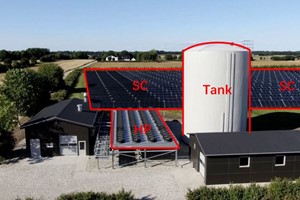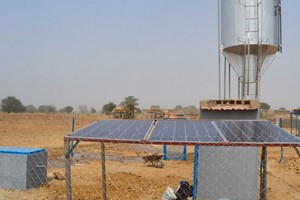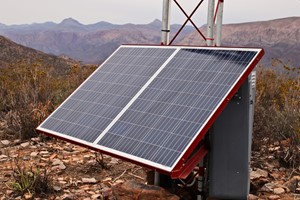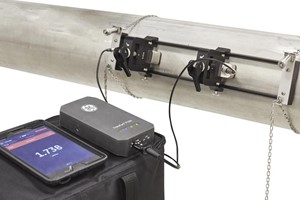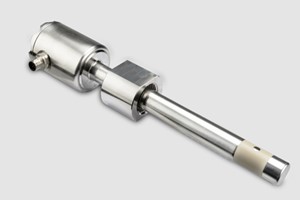Researchers from the Technical University of Denmark have conducted a comprehensive study exploring the potential of large-scale air-to-water heat pumps in district heating systems. The primary objective of this research was to assess the impact of these heat pumps on the levelized cost of heat and system flexibility.
The study focused on an existing solar-assisted district heating system in Ørum, Denmark. The system comprises a ground-mounted solar thermal plant, a 2.5 MW heat pump, a gas boiler, and a 1,000 m³ hot water tank. The researchers simulated the system's performance over a three-year period (2020-2022) with and without the heat pump.
The air-to-water heat pump was designed to operate with ammonia as the refrigerant, utilizing a screw and a piston compressor. An economizer was incorporated to enhance the heat pump's efficiency by preheating the refrigerant before it enters the compressor. This resulted in a significant reduction in electricity consumption and improved overall performance.
The techno-economic analysis conducted by the researchers revealed that the economizer increased the heat pump's coefficient of performance (COP) from 3.33 to 3.53 at ambient temperatures below 5°C. Consequently, the levelized cost of heat for the district heating system improved by up to 19% in 2021 and 37% in 2022.
The heat pump's operation was strategically designed to align with electricity price fluctuations. When electricity prices exceeded a predefined threshold, the heat pump would shut down, and the gas boiler would assume the primary heating role. This approach effectively managed the system's energy costs and maximized its flexibility.
The study also demonstrated that the integration of the heat pump and its economizer had a positive impact on the system's overall efficiency. The annual seasonal COP increased from 1.22 to 2.62 during the three-year simulation period. However, the researchers noted that the coupling effect between the heat pump and the solar collector was relatively limited. They suggested that replacing the air-source heat pump with a water-to-water heat pump could potentially further enhance the efficiency of the solar thermal plant.
By Emiliano Bellini




